The Great White Heron, Ardea herodias occidentalis, is a wading bird that can only be found in South Florida and The Florida Keys. It is the largest heron. Whether the Great White Heron is a color morph, a subspecies of the Great Blue Heron, or a new species is a topic that is still being researched. However, it has been commonly accepted that this Florida native bird is a subspecies of the Great Blue Heron. Both birds share similar characteristics. The Great White Heron is a larger bird with solid white feathers and yellow legs, while the Great Blue Heron is a smaller bird with blue-gray feathers and black legs. Great White Herons can be distinguished from the Great White Egrets by their larger size, yellow legs vs black legs of the Great White Egret, thicker bills, and coiled neck when flying.
The nesting habitat of the Great White Heron is primarily located in the Great White Heron National Wildlife Refuge and Key West National Wildlife Refuge. About 800–1,300 pairs of Great White Herons breed in the mangrove islands, shoals, and mudflats of Florida Bay and the Florida Keys. Breeding rarely takes place on the mainland of Florida. Nesting occurs throughout the year and peaks between December to February.
Great White Herons forage in turtle grass beds. The tidal cycle limits their access to food because they can only reach it at low tide. The Great White Heron’s habitat has also been negatively impacted by boat traffic through these seagrass beds. Because they inhabit a small geographic area, pollution of their home range and habitat loss caused by human activities, as well as climate change contribute to the ongoing threats to Great White Herons.

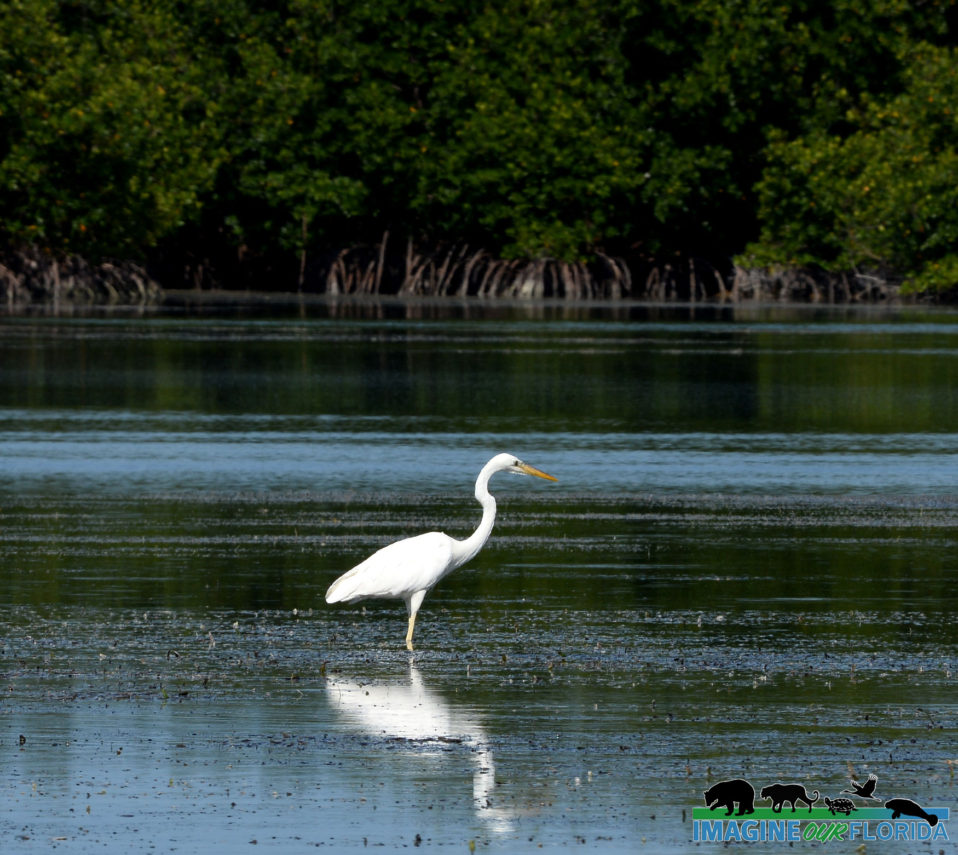
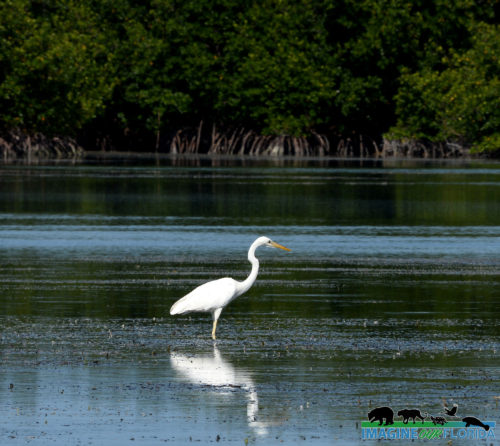
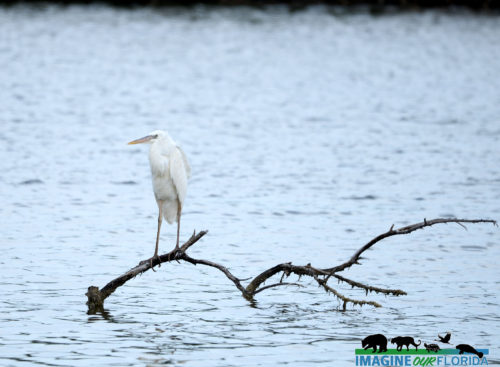
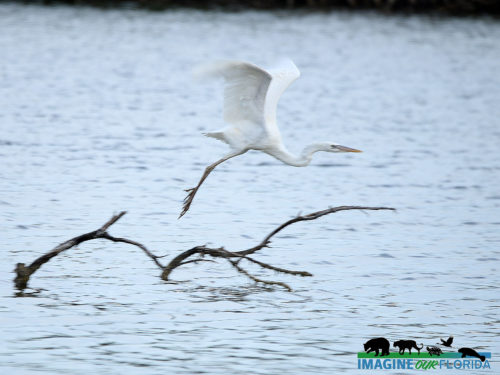
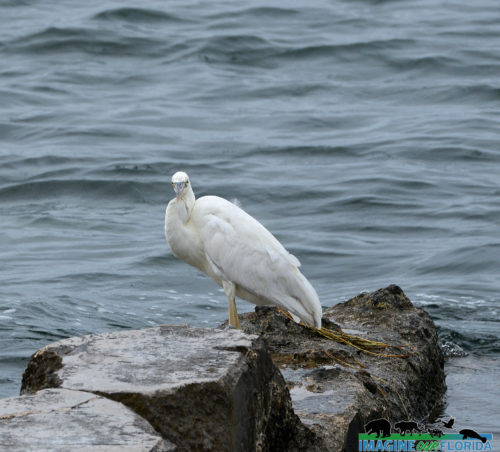
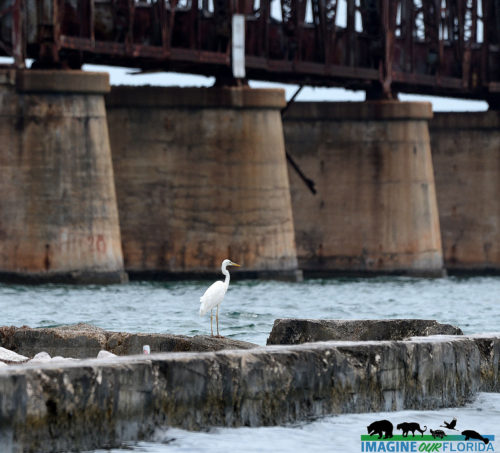
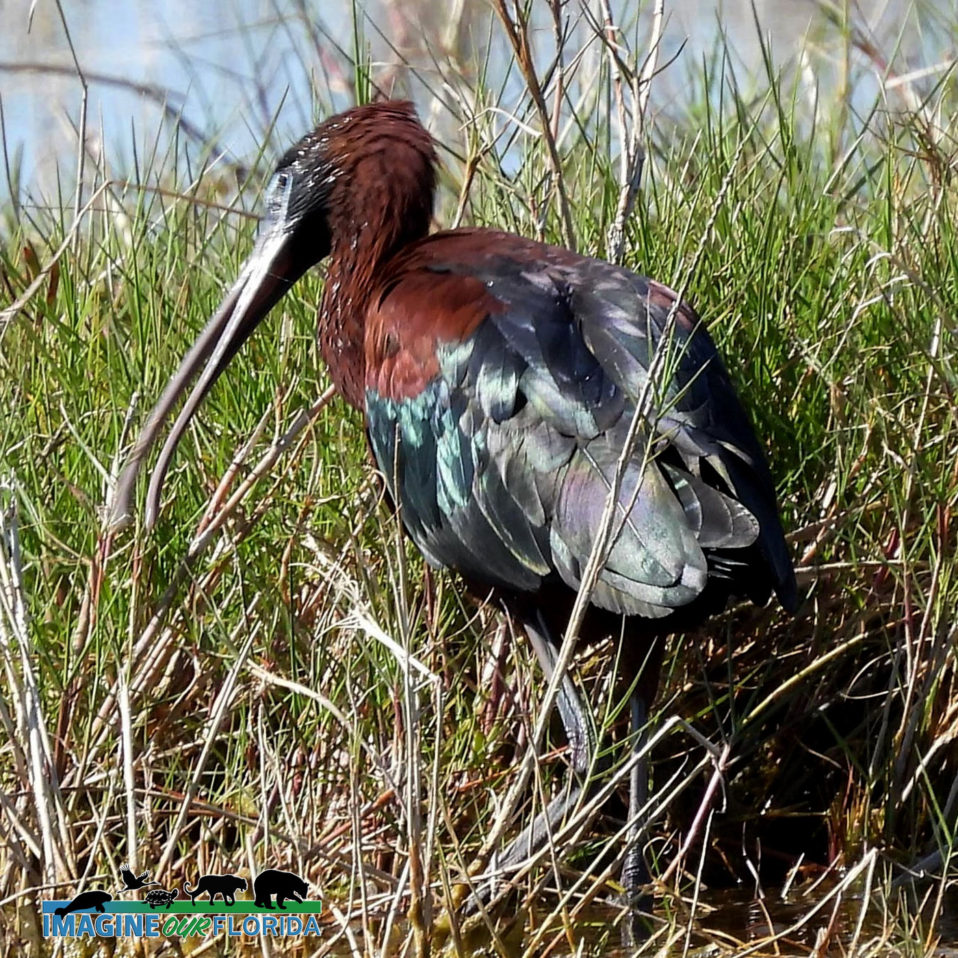
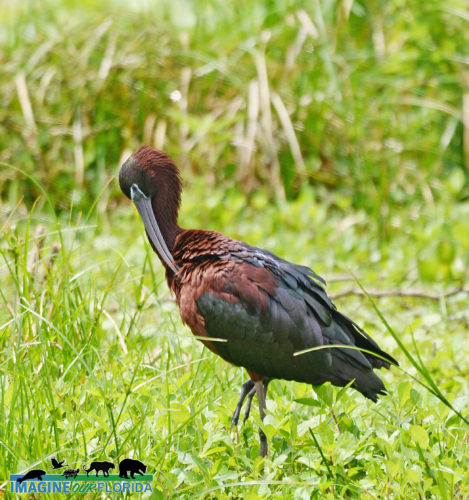
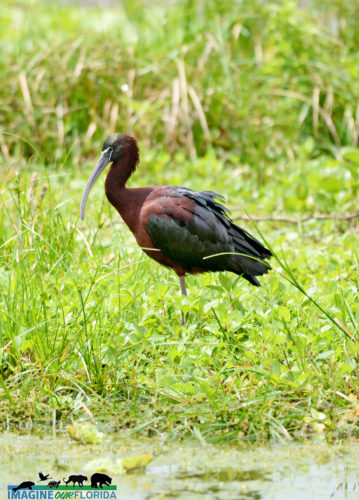
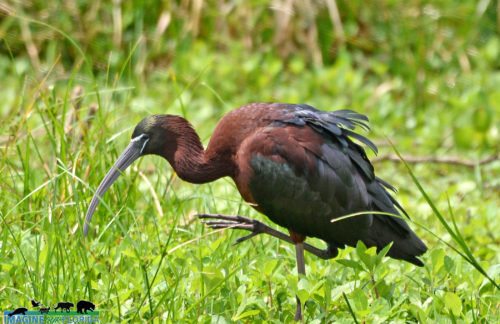
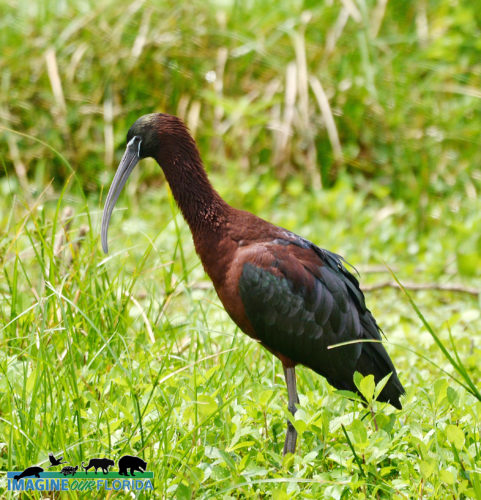
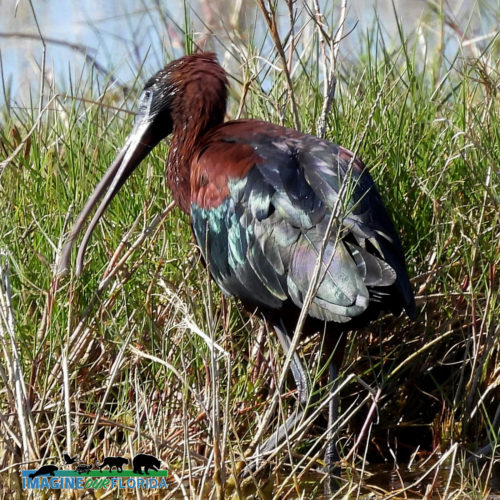
Recent Comments